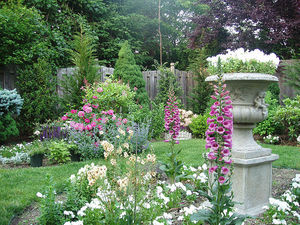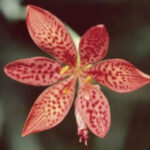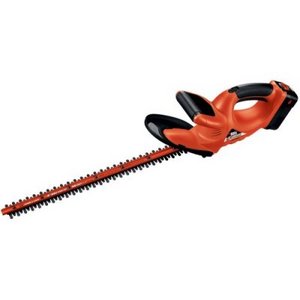Shirobana spirea is a wonderful flowering deciduous shrub that works great as an accent plant, in a border, or you can plant it as a hedge. What a wonderful shrub to grow in your landscape. It is hardy in U. S. Department of Agriculture zones 4 through 9. During the summer months, you can enjoy the red, white, or pink flowers that this shrub gives you. The height of this shrub is 2 to 3 feet, with a spread of 2 to 3 feet. It blooms from May until August.
This shrub is easy to grow. If you want a healthy looking plant, follow these few simple rules when planting the Shirobana spirea.
Choose a Location
Find a location. It should have full sun exposure. Although it can grow in a shady location, the blossoms will be sparse. Prepare the planting site.Remove the vegetation in a 3 to 4 foot diameter circle.
Dig the planting hole that is twice the diameter of the rootball. Keep the depth the same as the rootball. Scuff up the sides and bottom of the planting hole with the edge of your spade or shove.
Amend the removed soil with equal amounts of compost. Mix until combined. This loosens the soil and provides the soil with natural, organic nutrients.
Planting the Shirobana Spirea
Remove the spirea from the pot. Be careful so you do not disturb or break the rootball. Position the rootball in the center of the planting hole.
Backfill with amended soil. Tamp the soil lightly as you go to eliminate air pockets. When you have the hole filled to the halfway point, fill the rest of the hole with water. This not only supplies water to the lower part of the rootball, it also settles the soil. Allow the water to drain away, and then finish filling the hole with amended soil.
Water the spirea again. Turn the water pressure to a slow flow and allow the water to soak the planting area thoroughly. Don’t turn the water pressure on full blast or the water will run away and not soak into the soil for your shrub.
Mulch the Area
Lay down a 4-inch layer of organic mulch over the cleared area. Keep the mulch 1 to 2-inches away from the trunk of the shrub. If mulch is against the bark, it invites disease and insect problems to the shrub and you want to keep this from happening.
Watering and After-Care
After you have the planted, give it a weekly drink of water. If the weather is overly hot and dry, water it more often. The soil needs to be evenly moist for proper growth.
Early in the spring, before the new growth appears, feed the spirea with an all-purpose fertilizer. Always mix and apply the fertilizer according to label directions.
Spirea rarely needs to be pruned, but if you feel you must do any pruning, do it in the summer after the flowers have faded. For the most part, people rarely prune spirea except to trim the size and shape.
Pests are rarely a problem for this plant, but you do want to check for aphids. If you notice aphids on the leaves, simply spray the plant with water. The blast of water will knock the aphids on to the ground, where they will die. Don’t have the water pressure so hard that it damages the leaves. You’ll want a firm pressure to knock the aphids off the plant.





